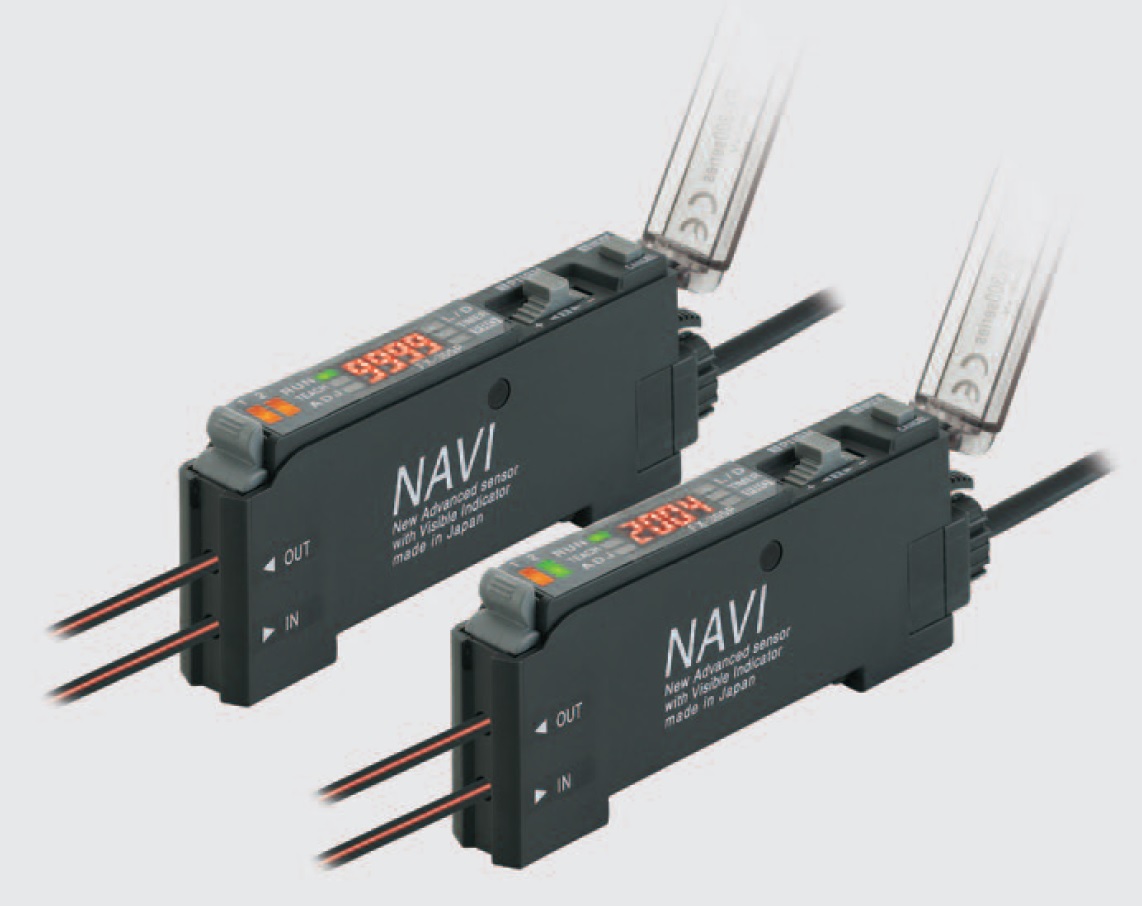IoT Devices and Sensors
IoT (Internet of Things) devices use sensors to sense the physical world around them, collect data, and communicate. Sensors are specialized devices designed to measure different environmental conditions. In the IoT world, various types of sensors are used to measure variables such as temperature, humidity, pressure, light, motion, magnetism, and sound.
Types of Sensors Used in IoT Devices
Some commonly used sensors in IoT devices include:
- Temperature sensors: These sensors measure the surrounding temperature. Examples include thermistors, thermocouples, and RTDs (resistance temperature detectors).
- Humidity sensors: Humidity sensors measure the level of moisture in the environment. Examples include capacitive, resistive, and thermal humidity sensors.
- Pressure sensors: These sensors measure pressure in the environment. Examples include piezoelectric, capacitive, and magnetoresistive sensors.
- Light sensors: Light sensors measure the amount of light in the environment. These include photoelectric, photodiode, phototransistor, and CCD sensors.
- Motion sensors: Motion sensors detect the movement of objects. These include acoustic, magnetic, microwave, and PIR (passive infrared) sensors.
- Magnetic sensors: Magnetic sensors measure the magnetic field around them. Examples include magnetoresistive and Hall effect sensors.
The Importance of Sensors for IoT Devices
Sensors are crucial for IoT devices. Through these sensors, IoT devices can understand the physical world around them and perform various functions using this information. However, for sensors to provide accurate measurements, they must be correctly calibrated and properly installed.
Moreover, the security of sensor data is also highly important, especially in terms of ensuring the security of IoT devices.
Various Application Areas
Sensors can be utilized in IoT devices in different ways based on the application areas:
- Smart Homes: In smart homes, temperature, humidity, light, and motion sensors are used to enable home automation. This allows for automatic control of heating and cooling systems, lighting adjustments, and the triggering of security systems based on movement within the home.
- Industrial Use: In industrial settings, pressure, humidity, and temperature sensors can be used to enhance the performance and safety of industrial facilities. Additionally, magnetic sensors can track the movement and positioning of industrial equipment.
- Healthcare: In the healthcare sector, IoT devices use various types of sensors to measure parameters like heart rate, blood pressure, body temperature, and blood sugar levels. This allows for close monitoring of patients’ health conditions and timely interventions when necessary.
- Agriculture: In agriculture, sensors can be used to measure soil moisture, pH levels, and other environmental conditions. This helps better understand plant growth conditions and optimize plant development.
The Role of Sensors
The integration of sensors into IoT devices plays a vital role in data collection and processing. Sensors measure environmental conditions in real-time and transmit this data to IoT devices, enabling them to perform their functions.
In the data collection process, sensors are also critical. By conducting various measurements, sensors collect data, which is then transmitted to IoT devices. This data is subsequently processed and analyzed, facilitating informed decision-making.
Correct calibration of sensors ensures accurate measurements, leading to the collection of more precise data.
Ensuring Sensor Security
Sensor security is also crucial. As sensors measure environmental conditions, they simultaneously send data to IoT devices. Therefore, protecting sensors from cyberattacks is of paramount importance. Sensor security can be ensured through various methods such as encryption, authentication, and authorization.
Sensors are a fundamental component of IoT devices, playing a critical role in data collection and processing by measuring environmental conditions. Choosing the right sensors, ensuring proper calibration, and safeguarding security help IoT systems operate more accurately and securely.

